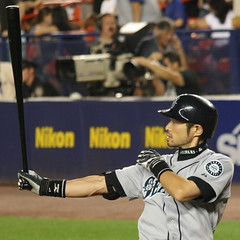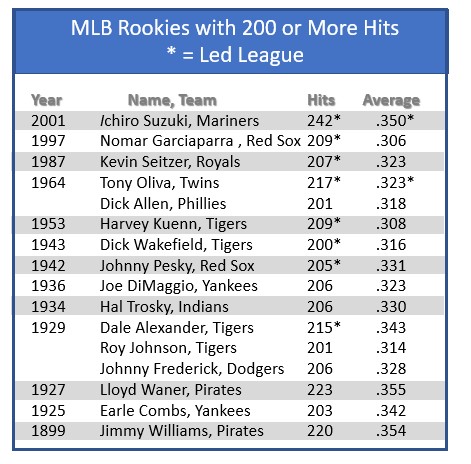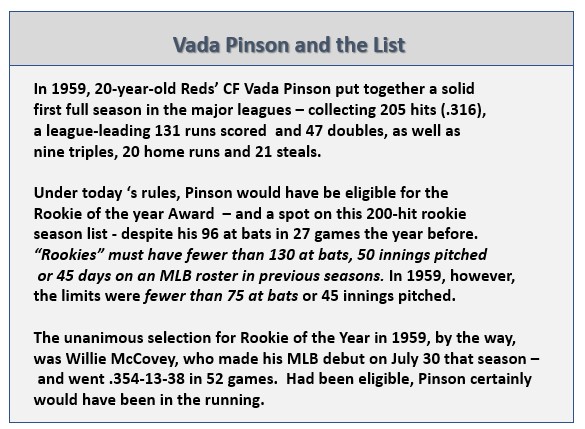 Indians’ right-hander Shane Bieber tied a major-league record and set a new American-League standard last night (July 30, 2020), when he fanned his 13th batter in an eight-inning, three-hit, no run performance against the Minnesota Twins. (The Indians won 2-0.) It gave Bieber 27 strikeouts in his first two outings of the seasons. (Bieber fanned 14 Royals in a six-inning scoreless stint on July 24 – a game the Indians also won by a 2-0 score. On the season, Bieber is now 2-0, with a 0.00 earned run average and 27 strikeouts in 14 innings pitched (seven hits and one walk).
Indians’ right-hander Shane Bieber tied a major-league record and set a new American-League standard last night (July 30, 2020), when he fanned his 13th batter in an eight-inning, three-hit, no run performance against the Minnesota Twins. (The Indians won 2-0.) It gave Bieber 27 strikeouts in his first two outings of the seasons. (Bieber fanned 14 Royals in a six-inning scoreless stint on July 24 – a game the Indians also won by a 2-0 score. On the season, Bieber is now 2-0, with a 0.00 earned run average and 27 strikeouts in 14 innings pitched (seven hits and one walk).
Shane Bieber has struck out at least one batter in every inning he has pitched this season.
So, whose records did Bieber tie and break? First, he broke a lesser-known record, held by a more widely known pitcher. That would be the American League mark of 25 strikeouts in the first two appearance of a season – held by Hall of Famer Nolan Ryan. Ryan set that mark back in April of 1978 (when he was with the Angels) – fanning 13 A’s in a six-inning, no-run, two hit, four walk outing on April 8 and following it up by fanning 12 Twins in a ten-inning, no-run, four-hit, four-walk outing on April 13. Despite, Ryan’s stellar pitching, the A’s split the two games – losing 4-2 to the A’s and dropping the Twins 1-0 in 11 frames. Ryan did not get a decision in either contest.
Now, for the MLB record Bieber tied (perhaps a better-known record by a lesser-known hurler) – the one that really gets Baseball Roundtable’s attention. That is the MLB record of 27 whiffs in a pitcher’s first two mound appearance of a season. That one belongs to the Dodgers’ Karl Spooner and is even more “magical” than Bieber’s recent feat. Why? Because Sponger not only set the record for the most strikeouts in a pitcher’s first two appearance of the season, he did it in the first two appearances in his MLB career.
Spooner truly looked like he was going to be a “pitching phenom” for the Brooklyn Dodgers. In 1954, Spooner went 21-9, 3.14 at Fort Worth (Double A Texas League), fanning 262 batters in 238 innings – despite missing a month of the season with a knee injury. That performance earned him a late-season call up to the “show” and a September 22 start against the league-leading (and already pennant-clinching) rival New York Giants. How did he do? Spooner went the full nine innings, gave up just three hits and no runs – and set the record for strikeouts in an rookie’s inaugural game by fanning 15 Giants. That earned the 6’, 185-pound, 23-year-old -year-old southpaw a second start (September 26 against the Pirates). He notched a second complete-game shutout, this time fanning a dozen Pirates. So, after 18 MLB innings, he had given up just ten hits and six walks, thrown two complete-game shutouts and fanned 27.
For more on great first-game-ever pitching performances click here.
Unfortunately, Spooner suffered a shoulder injury in Spring Trailing the following year – finishing his first (and last) full MLB season with an 8-6, 3.65 record in 29 appearances (14 starts). He made 28 minor league appearances between 1956 and 1958, but never returned to the majors.
The 25-year-old Bieber, by the way, is in his third MLB season. He was an All Star in 2019, when he went 15-6, 3.28 and led the AL in complete games (3) and shutout (2). His career record stands at 28-13, 3.57, with 404 strikeouts in 343 innings.
Primary resources: Stathead.com; Baseball-Reference.com; Elias Sports Bureau.
 Baseball Roundtable is on the Feedspot list of the Top 100 Baseball Blogs. To see the full list, click here.
Baseball Roundtable is on the Feedspot list of the Top 100 Baseball Blogs. To see the full list, click here.
I tweet baseball @DavidBBRT
Follow/Like Baseball Roundtable’s Facebook Page here. More baseball commentary; blog post notifications; PRIZES.
Member: Society for American Baseball Research (SABR); The Baseball Reliquary; The Negro Leagues Baseball Museum.






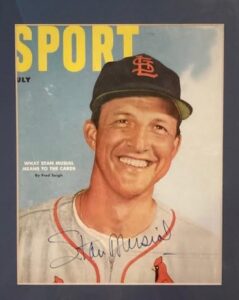





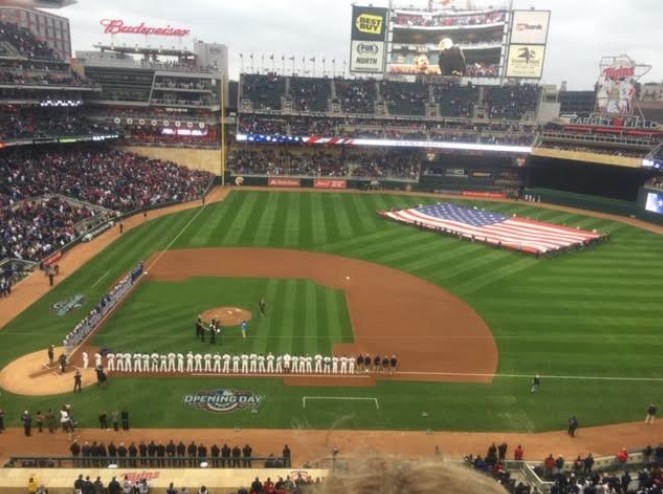
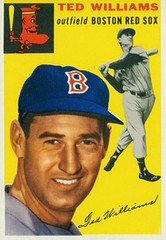
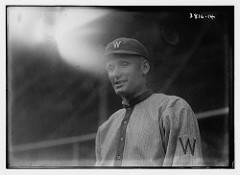

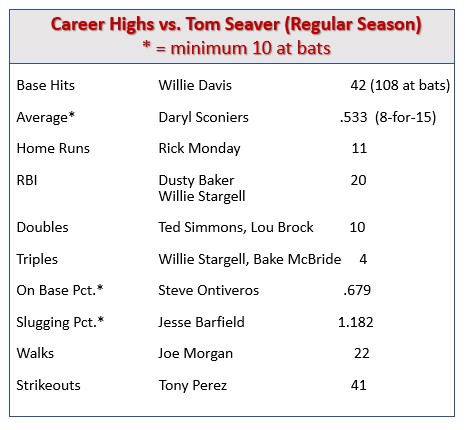









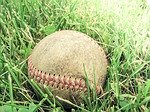 On this date (July 15) in 1941, southpaw Clarence “Hooks” Lott took the mound for the Class D Paragould Browns (versus the Newport Dodgers) of the Northeast Arkansas League. Little did he know he was in for a bit of somewhat-unsatisfying, but record-setting, overtime.
On this date (July 15) in 1941, southpaw Clarence “Hooks” Lott took the mound for the Class D Paragould Browns (versus the Newport Dodgers) of the Northeast Arkansas League. Little did he know he was in for a bit of somewhat-unsatisfying, but record-setting, overtime.